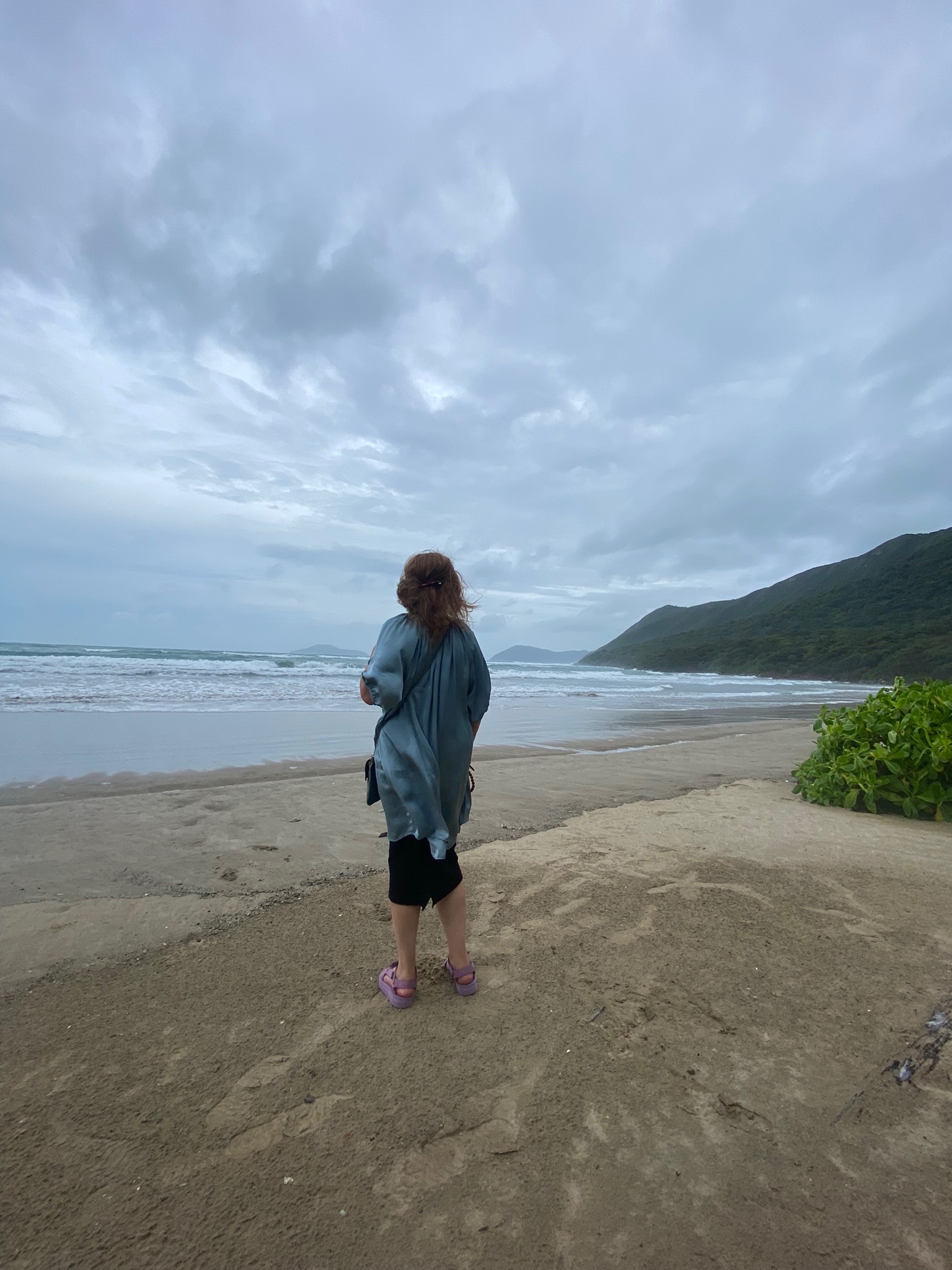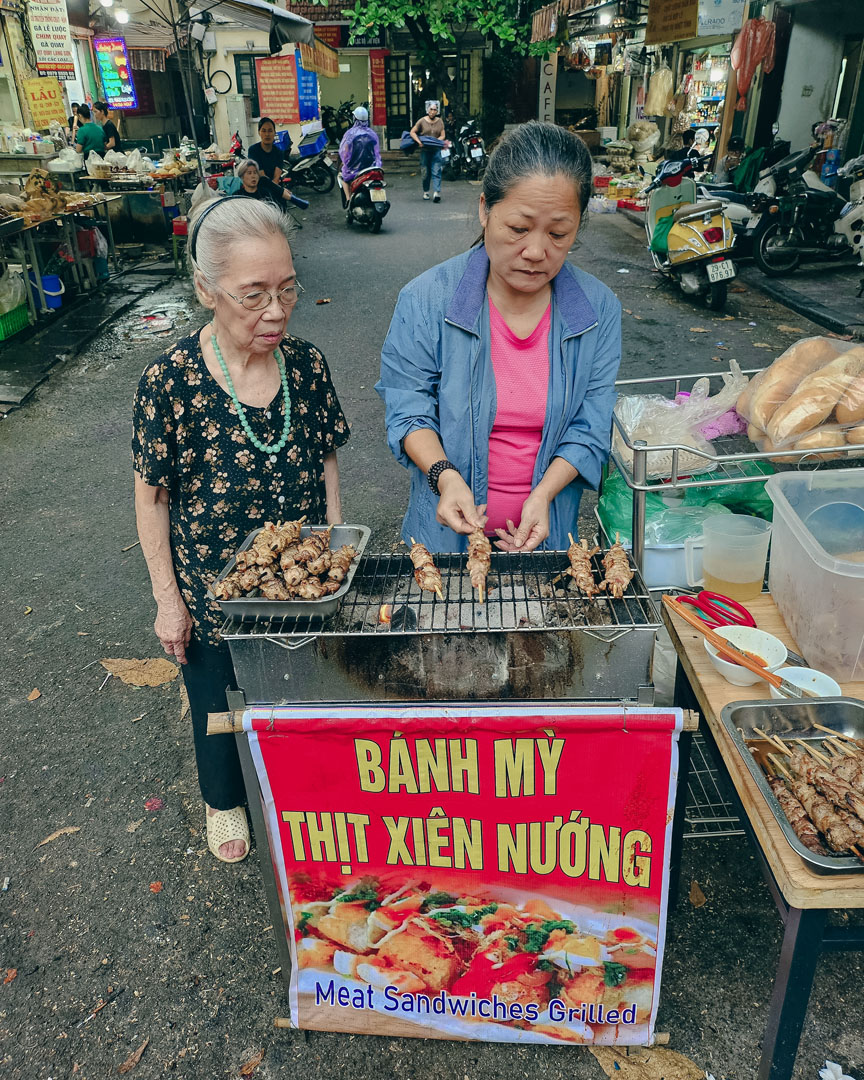Animal magic: Walking with elephants in Sayaboury

There are plenty of ways to get up close and personal with Asia’s wildlife – and in doing so, help support the communities and sanctuaries ensuring its survival. Product Manager Ruth fulfilled her childhood dream of meeting an elephant when she visited Sayaboury in Laos. This is her experience of walking with elephants.
Walking with elephants originally appeared as an article in issue #2 of East, the Inside Asia Tours magazine.
“Welcome to the Elephant Conservation Centre in Sayaboury!” said my guide Mr Lah, elongating the last syllable of Sayaboury with a long ‘ee’ sound that stretched his face into a wide grin.
“Come and meet this lady elephant – Mae Dok. She is 50 years old!”
Mae Dok, the matriarch of the herd, placidly unfurled her long trunk and reached for the banana in my hand, her nostrils breathing warm air on my outstretched palm. Up close, I could see dark hairs sprouting from the wrinkles of her hide and a distinctive peach patch of skin between two crinkly eyes. Her ears flapped back and forth like giant fans.
“Mae Dok is a very kind elephant. I think she likes you! Would you like to go up?” I nodded and Mr Lah patted the elephant’s trunk and bellowed “Mep, mep!” Obligingly, Mae Dok stretched her front legs forwards and lowered her head to her knees. Mr Lah gave me a leg-up and soon I was perched on the thick muscles of Mae Dok’s neck, peering down her long nose.
From my vantage point I had a great view of the Elephant Conservation Centre (ECC), located in a little-visited corner of northwest Laos, a four-hour bus ride from Luang Prabang. The centre occupies a lush peninsula that reaches into Nam Tien Lake, which is only accessible by boat. My accommodation was a small, terraced hut with sporadic solar-powered electricity, balanced on a ridge above the elephant yard with views across the water.

Ruth at the ECC
Visitors to the ECC are only allowed to sit on the elephants for a couple of minutes to avoid causing undue stress to the animals, and it was not long before I, rather clumsily, slithered from Mae Dok’s back. Chairs or saddles (which weigh heavily on an elephant’s back) are never used – exploitative tourism this is not. But elephants do need exercise and stimulation, and like horses they love to be stroked, so interaction with the animals is encouraged.
Aside from encounters with eager visitors like me, the last five years of Mae Dok’s life have passed peacefully at the ECC. But, for a long time, she was a working elephant, employed in the illegal logging trade. Often worked to the point of exhaustion, such elephants have shorter life spans, lower birth rates and a poorer quality of life compared to their wild counterparts. And once domesticated, working elephants will never be able to survive in the wild by themselves again.
Mr Lah explained further. “Only two elephants are born for every ten that die, which means that soon we will have no more Asian elephants. Lan Xang is the old name for Laos – it means ‘land of a million elephants’, but today we have fewer than one thousand.”
Mae Dok is one of the lucky ones. She was rescued from the logging trade in 2011 and brought to the ECC where she can enjoy her retirement. Mae Dok and six other elephants are kept well fed and exercised by their mahouts – local elephant trainers who stay with their animals for life.

The elephants at the ECC are well looked-after and given plenty of freedom
After more bananas, I followed Mae Dok and her young mahout down to the lake for her bath. I watched from the shore as the mahout massaged clods of terracotta-coloured mud from the folds of her hide. Cheekily, Mae Dok responded by blowing a shower of water from her trunk, which almost dislodged the mahout from her neck.
The mahouts also get a good life at the ECC. Ecotourism offers a safer and wealthier living than illegal logging, which requires long, arduous work in remote regions of Laos, far from their families. At the ECC the mahouts are encouraged to study English, learn advanced elephant care and share their knowledge of elephant behaviour and the forest environment. Here at least, the status of a once highly respected tradition is being restored.
Things got more playful after lunch when I met Phu Surya, a two-year-old elephant calf that came to the centre with his mother when he was just two months old. A hairy little creature, Phu Surya skipped around and between his mother’s legs, skidding in the mud. When he tried to venture too far afield, his mother reached a trunk to his tail and tugged him back to her side.

Meeting one of the babies at the centre
The ECC employs veterinarian staff who kindly showed us around the elephant hospital and explained the pre- and post-natal care they offer to cows and calves. Though the centre employs several elephant carers, they cannot provide an income for all the mahouts in Laos – most of whom have no other way to support themselves than the illegal logging industry.
“An elephant pregnancy is two years, and lactation another two,” explained the vet. “So that’s four years in which a mahout cannot make an income from logging.” This is simply not an option for those who depend on their elephants to survive, and is the reason for Laos’ catastrophic elephant birth rate.
In an effort to rectify this, the ECC runs a Baby Bonus programme, which encourages elephant owners to let their animals breed by providing the mahout a salary, training and accommodation throughout their elephant’s pregnancy and nursing period. Though the centre cannot prevent the mother returning to work after four years, no baby born here can be used in the logging industry – which means that thanks to the ECC, Phu Surya has a long and peaceful life ahead of him. As if he knew he was being talked about, Phu Surya gave a loud honk of approval through his trunk – the hopes for a new generation of Asian elephants resting on his tiny shoulders.
Our Indochina Conservation itinerary includes a dolphin-watching trip in Kratie, a visit to the gibbon centre in Cat Tien National Park, and a day with the elephants in Sayaboury.



